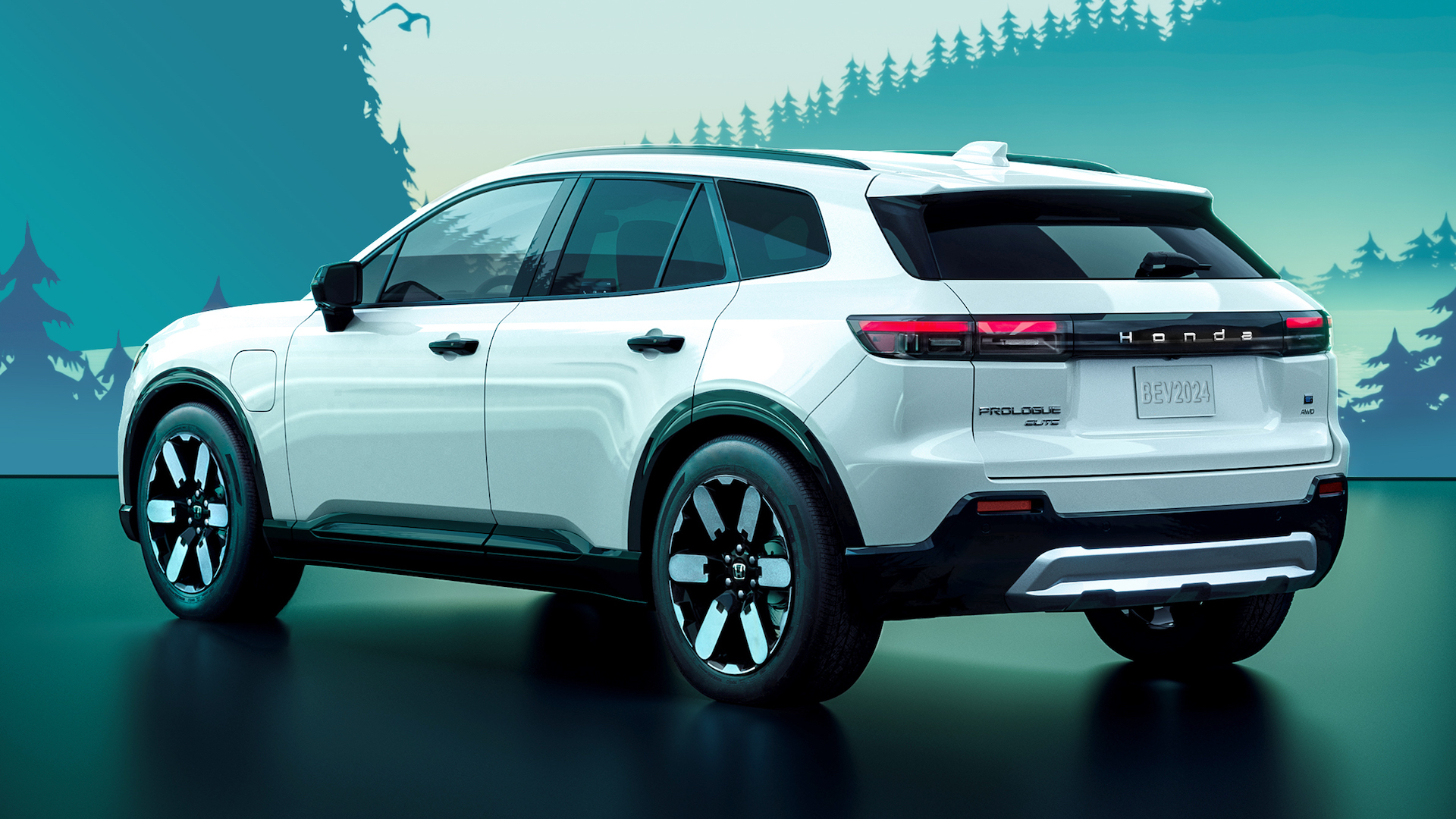

Honda is the world’s largest manufacturer of internal combustion engines. From lawnmowers and motorcycles to cars and even jets, the Japanese company’s engines reach nearly every corner of the planet via a wide variety of products. Due to the dire need to lower greenhouse gasses worldwide, the automotive industry has widely adopted electric vehicles in a hurry. But Honda—who currently doesn’t offer an electric vehicle in North America—has pledged to become carbon-neutral by 2050. Its plan to get there is slightly different than most other automakers, however.
During a recent interview with Honda CEO Toshihiro Mibe and Managing Officer Shinji Aoyama in Tokyo, it was clear the automaker isn’t looking at EVs as their lone savior. While its future strategy is EV-heavy, it’s banking on a variety of other methods to reach carbon neutrality over the next 27 years.

“The thing is that our goal is to achieve carbon neutrality. It is not to manufacture EVs,” said Mibe. “However, if we look at the technologies available right now, by looking at the current [global] situation, I believe that the battery EV is the best solution we have. The reason why I say that is because even though we have looked at e-fuels, the theoretical cost simply does not come as low as the current gasoline style.”
The CEO added that while Honda aims to deliver two million EVs globally by 2030, different countries may move at different paces as they deal with their own struggles and unique situations.
“Of course, each country has its own different situation in terms of mobility issues, so it’s about the different resources we can develop to generate power. In the case of Japan, specifically, after a big earthquake, we’ve used more fossil fuels more often to generate power. In this kind of situation in this country, rather than EVs, hybrids would be better in terms of C02 consumption—it’s not as if EVs are correct and hybrids are not. Ethanol and other fuels will remain available in certain regions like in Brazil, but this will not become the majority,” the CEO added.




Another initiative toward carbon neutrality is resource circulation, as Honda’s electrification boss detailed during the interview. Two other solutions involve an ecosystem of swappable batteries, as well as using algae to collect CO2 from its factories and turn it into a workable byproduct.
“Resource circulation is one of the key issues,” Aoyama said. “Resource circulation means we have to replace many of our [vehicle] parts and components with sustainable or recyclable materials. We have to change that part of the process, but then after we change to sustainable materials, in 10-15 years we have to recycle those materials.
“Then the key question is how to turn recycled products into usable materials again. From raw materials to recycling, we have many things to do but we cannot do just by ourselves. Various partnerships in various areas will be required in the future,” Aoyama added.
The Honda “Mobile Power Pack e” is essentially a larger, heavier, and much more powerful version of the battery packs we already carry around to recharge our smartphones on the go. Honda’s vision is for these packs to be interchangeable between cars, motorcycles, lawnmowers, snowblowers, and more. The goal is to avoid manufacturing single-purpose battery packs and, instead, create an environment where I could use my snowblower’s battery to power my motorcycle given that either one sits in the garage for long periods of time every year. These packs can be charged at home in special stations fed by solar power, or in larger battery-exchanging stations found in city centers, highway rest areas, etc.




Another interesting strategy to reduce emissions is called “Dreamo.” I had the chance to see a working setup in person at Honda’s R&D facility in Tochigi, Japan, and I can attest it is as impressive as it is complex. Dreamo utilizes photosynthesis and CO2 to decompose algae—yes, the green slimy stuff—which results in a green powder-like or liquid byproduct that can be used for various purposes like supplements, resins, and even bio-fuels.
The executives also discussed the brand’s development of solid-state batteries, and how they might open the door to the first electric Type R models, adding that, “it won’t be a Honda or Acura product if it is not fun to drive.”
Got a tip? Email us at tips@thedrive.com